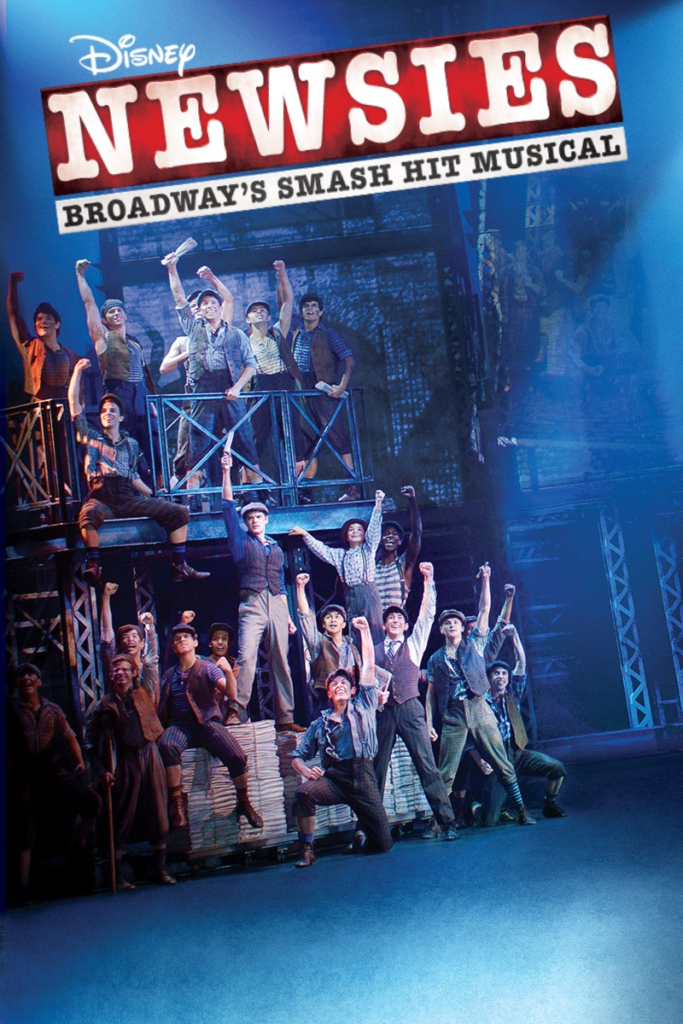The Broadway musical “Newsies,” based on the 1992 Disney film of the same name, presents a vivid and inspiring reimagining of the economic and social justice that occurred in the late 1800s. The story is set in 1899 New York City and follows a group of young newspaper sellers, or “newsies,” who band together to strike against the powerful publishers who try to exploit them. This cultural resource not only brings to life a significant labor movement but also offers a reimagined alternative to the economic injustices prevalent in both the past and present, especially with the recent present-day writers and actor’s strike.

“Newsies” reimagines the power dynamics between labor and capital, highlighting the potential for collective action to change oppressive systems. The historical context of the newsboys’ strike of 1899 provides a backdrop for exploring themes of exploitation, solidarity, and justice. In the musical, the newsies, led by Jack Kelly and Katherine Plumber, confront the powerful Joseph Pulitzer, demanding fair wages and better working conditions. This all started because he raised the price of the papers for the Newsies, but not for the general public. Thus, the Newsies would have to sell 10 more papers each just to make the same amount as always, giving more riches to the newspaper owners. This narrative resonates with contemporary struggles against economic inequality and corporate exploitation, drawing parallels to modern labor movements and the fight for workers’ rights.

The imagined alternative presented in “Newsies” would require significant systemic change. In the musical, the newsies’ success lays on their ability to organize, communicate, and rally support from other unions and their own fellow newsboys. Today, similar movements might leverage technology, such as social media and digital platforms, to amplify their message and mobilize supporters. Additionally, systemic changes, such as stronger labor laws, protections for workers, etc, would be necessary to address the underlying issues of inequality. Plus, unionizing is much more complex in today’s world than it was in 1899.

While “Newsies” is set over a century ago, the rise of the economy, with its lack of job security and benefits, still echoes the position the newsies fought for. Modern labor movements, such as the Fight for $15 campaign advocating for a higher minimum wage and better working conditions for fast food workers, mirror the newsies’ fight for fair pay. Additionally, the increasing use of digital tools for organizing and activism can be seen as a parallel to the newsies’ use of the printing press and public rallies to spread their message.

The musical presents an entirely reimagined vision of what economic justice could look like. The solidarity and determination of the newsies, coupled with their ability to effect change despite overwhelming odds, offers a hopeful and empowering narrative, that could be interpreted as impractically hopeful. Still, this vision challenges audiences to imagine a world where the voices of the marginalized are actually heard, and where collective action can lead to meaningful and lasting change.

All in all, “Newsies” serves as a powerful example of how cultural resources can reimagine alternatives to existing social, political, and economic conditions. By dramatizing the historical newsboys’ strike of 1899, the musical sheds light on issues of economic injustice that are still relevant today. As my personal all time favorite musical, “Newsies” not only entertains but also inspires, reminding us of the potential for ordinary people to make extraordinary differences.

